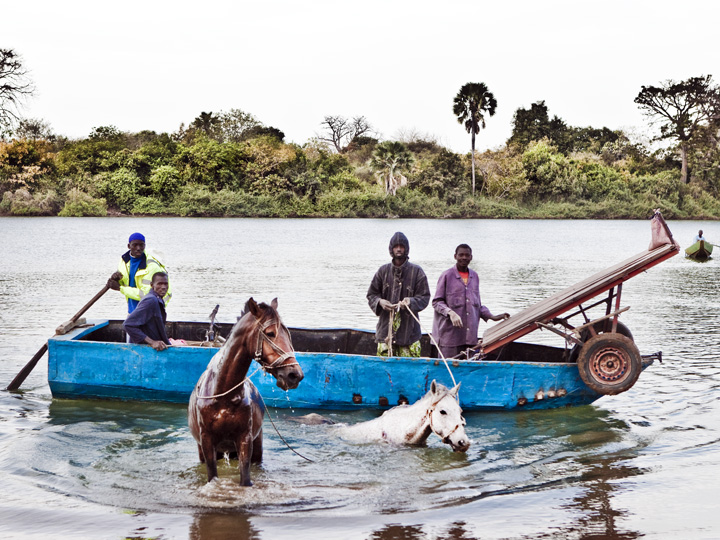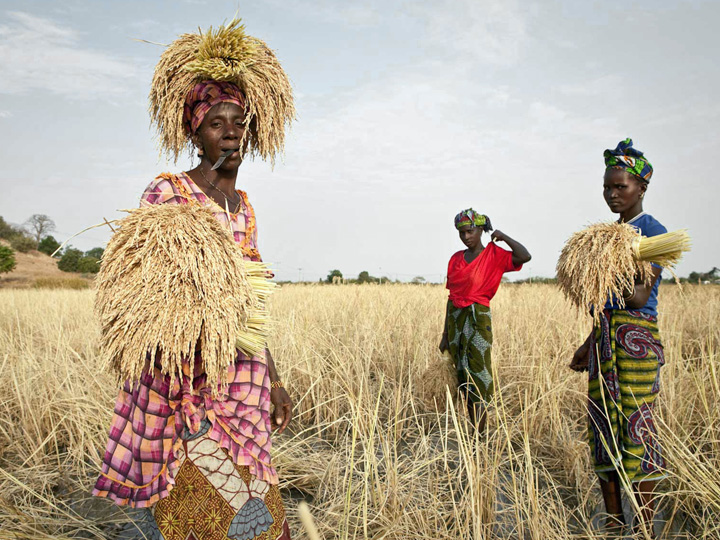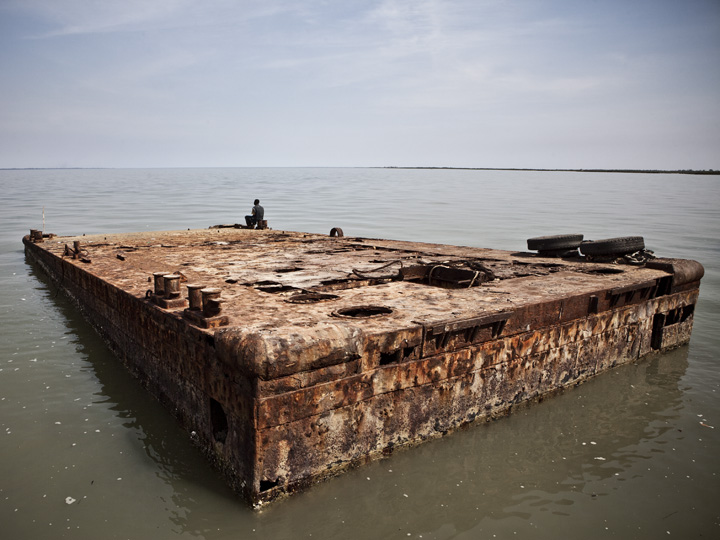Guest blogger: Jason Florio
Follow Jason on Twitter at @floriophotoNYC
See Jason’s online portfolio here
New York- I’ve known photographer Jason Florio for nearly a dozen years now. Our paths have had this dramatic before-and-after symmetry. Jason shot in northern Afghanistan just before 9/11, I just after. He shot in Baghdad just before it fell, I, again, just after. Jason was in Lebanon not long before the most recent Israeli invasion, me during it in summer 2006. Jason traversed Libya when Qadaffi’s rule was unwavering, I as it was falling to pieces.
Below is an except from Jason and his wife Helen’s most recent adventure along the River Gambia beginning in Afrique l’Ouest (Francophone West Africa) and ending in the Anglophone sliver that is Gambia where Jason has been traveling for many years now. Enjoy!
“The River Gambia is one of Africa’s last major free-flowing rivers, starting as a mere trickle from under a rock in the Fouta Djallon highlands of Guinea. It meanders through the gold-rich land of south east Senegal, and through the length of The Republic of The Gambia (the country is named after the river) and enters the Atlantic Ocean having coursed it’s way for over 1100km(approx. 685 miles) and broadened to 14km wide. Plans are afoot to build a hydroelectric dam on the river on the Senegal-Guinea border.
The dam would bring much needed power to a dark region, but would displace ancient villages, change the natural flow of the river, drastically effect the fragile eco system. The reduced flow would create greater salinity in the river further upstream, severely impacting the lives of villagers whose very survival is based on crop irrigation by the river. Documentary photographer Jason Florio, and his wife, writer/producer Helen Jones-Florio, accompanied by two Gambian fishermen followed the river for two months by canoe and motorcycle from source-to-sea.
Traveling in-part in the footsteps of 19th century explorers to the region including Mungo Park and Gaspard Mollien, their aim was to create a modern day account of the people and communities along the length of the river, before the dam stops its natural course forever.”

Fula tribesmen with swimming horses
Jan 5th 2012 – 7.54am – We spent a peaceful night at Karantaba village with the spirit of Mungo Park sharing the warmth and companionship of our fire. Scottish explorer, Park had based at Karantaba in 1795 and 1805, before setting off on two journeys to find the Niger River and ultimately where it met the Atlantic Ocean. Park found the river on his first journey, but died on the second after being ambushed by locals while on the river.
In the morning I saw a small ‘barra’ (ferry) being oared across the river and next to it were two horses swimming. I ran to the edge of the water just as they were emerging and made the photograph. The horses belonged to two Fula tribesmen who were heading to a local market to sell their harvest of ground-nuts. The horses being used to pull their ‘‘seretto’ or horse-cart. ©2013 Jason Florio

Hawa the rice cutter
Jan 11th – 5.23pm- We moored for the night at Ka’ur village on The River Gambia. After making camp we walked towards the village to buy food. On the way we saw a group of ladies who were busy cutting rice and stacking it for drying. They insisted I came into the muddy field and help them harvest, before I could make any photographs. Once I was deemed a temporary part of their team I was allowed to take photographs of them. Hawa was the group leader and just before I was about to continue on to the village, she turned towards me with her head laden with rice, and her knife between her teeth. I made two frames before she turned again and to finish her work. She told me they cut the rice for a lady who owns the field, and are-paid 30 Dalasi per day – about 80 US cents. ©2013 Jason Florio

Watchman on the Pier
A watchman relaxes on a floating jetty near the samll Gambian village of Bonto. Bonto became infamous in 2009 when a two tonne cocaine stash, with a street value of $1bn, was discovered in a riverside warehouse a few hundred meters from the jetty. The street value of the haul far exceeded Gambia’s $782 million annual GDP in 2009. ©2013 Jason Florio
For more images from the River Gambia Expedition, click here